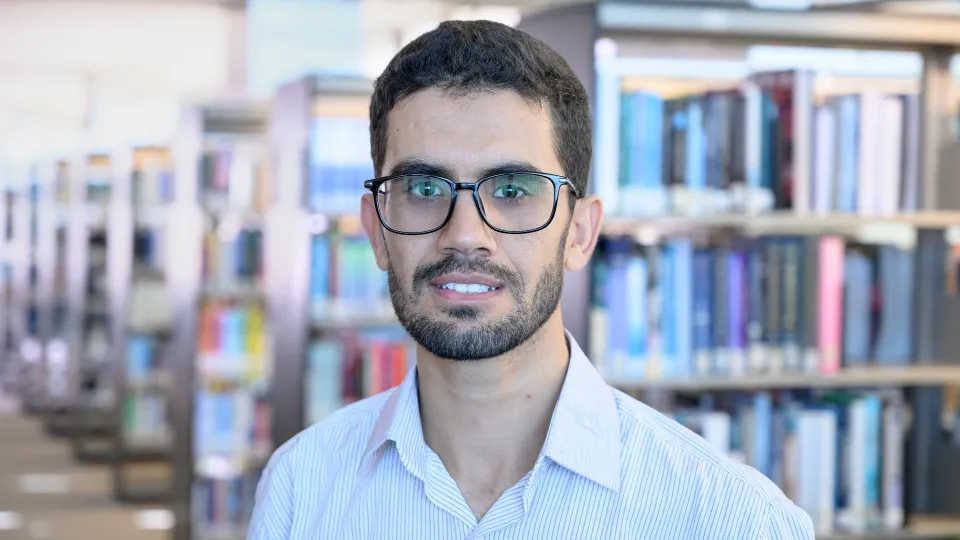
Biomedical Signal Processing using the Squared Eigenfunctions of the Schrödinger Operator and Machine Learning
Overview
Abstract
The health of a human body is monitored through several physiological measurements such as the heart rate, the blood pressure, the oxygen saturation levels, brain activity, etc. These measurements are taken at predefined points in the body and recorded as temporal signals or colorful images. During the diagnosis phase, physicians analyze these records visually (sometimes it is not visual with the progress in medicine, better to say: sometimes visually) to take treatment decisions. These records are usually contaminated with noise. The origin of this noise may be diverse. For instance, it can be due to physiological artifacts or can be generated by the used instruments. This noise limits the visual diagnosis quality. Therefore, the utilization of pre-processing algorithms becomes a crucial need to provide clinicians with useful information to make the right decisions. Many research studies have been conducted to process signals and images using a variety of mathematical formulas and algorithms.
In our work, we first explored the biomedical field from the signal processing aspect, where we showed the usefulness of a novel signal/image processing algorithm, based on the Semi-Classical Signal Analysis method (SCSA), to pre-process analysis biomedical signals and images. The SCSA method is based on the decomposition of the input signal or image, using the squared eigenfunctions of a Semi-Classical Schrödinger operator. Our approach shows great potential in denoising, and water suppression for Magnetic Resonance Spectroscopy (MRS) signals compared to the existing methods. In addition, it shows very promising noise removal from the Magnetic Resonance (MR) images. All these results are achieved thanks to the non-locality of the eigenfunctions of a Semi-Classical Schrödinger operator, which led us to think about extracting more informative features from the records in to perform more advanced processing. To do so, we shifted toward combining the SCSA algorithm with the machine learning approaches to explore brain activity with Magnetoencephalography (MEG) and functional Magnetic Resonance Imaging (fMRI) signals, where the features extracted from the SCSA give comparable and encouraging results compared to the existing methods. Further investigations on the utility of using similar signal processing features, such as wavelet and Fourier based features and Position Weight Matrix (PWM), have lightened a new track toward more advancements in biomedical signal classification, especially as this type of features shows a powerful ability in predicting true Poly(A) regions in a DNA sequence. Finally, as a future direction, we would like to explore the signal/image-based algorithms further to generate discriminative features for biomedical classification purposes using the recent machine learning and deep learning-based models
Brief Biography
Abderrazak Chahid is a Ph.D. student in the Electrical engineering department within the CEMSE division. He got his Bachelor degree in Electrical Engineering and Power Electronics from Sultan Moulay Slimane University in Morocco. He then got a Master degree in Electrical Engineering from the National School of Applied Sciences in Morocco before obtaining Lorraine University in France for another master of science in Embedded Systems. Abderrazak is currently working on biomedical signal/image processing using Schrödinger-based algorithms and machine/deep learning based classification.
